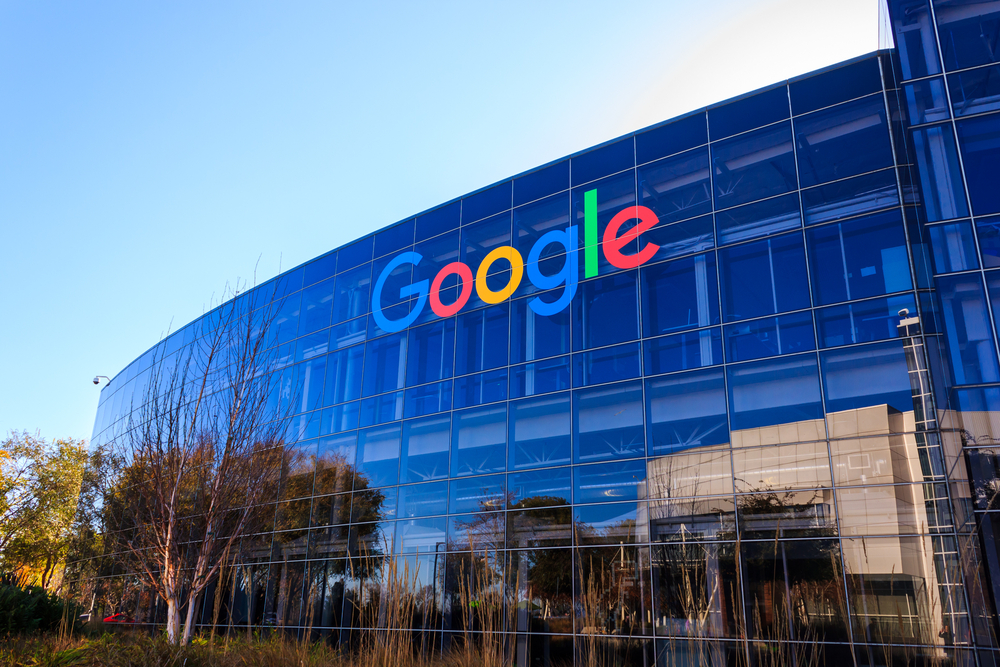The evolution of Google search results has resulted in a major shift in how users view, navigate and consume content, according to a new study released last week by Nielson Norman Group.
During the last five years, Google has undergone a sort of transformation from a standard list of pages in SERPs to a more complex overview, with new features such as Snippets and Images enabling users to view a greater diversity of content than before.
A previous study by Nielson Norman Group found that back in 2013, 59% of people using Google just scanned SERPs sequentially, looking at one page and then the next without skipping any results or scanning over other areas of the page.
However, things have changed significantly since then: Google’s raft of updates and UI overhauls have now made sequential viewing the exception and not the rule, with something called ‘pinball pattern’ now the predominant mode of user behaviour.
The pinball pattern sees users gaze across different areas of the page and back again very quickly, which has been driven in part by the raft of new features that Google has implemented in SERPs during the last few years.
Nielson Norman Group noted: “Today’s SERPs often involve not only links, but also images, video, embedded text content, and even interactive features. Any given search can return an assortment of different visual elements.”
Users no longer know what they are going to see when entering a search query, and the fact that humans are visual creatures means that the new elements have had a major impact on how results are consumed.
It also means that webpages that may have got lost further down the page in the past are instead being viewed as they are now placed near visual elements.
The report found that results nearer visuals are more likely to be seen, while those further from them lose visibility in search.
This is good news for brands that are not ranking at the very top of Google search, as in the past, it used to be more of a winner-takes-all environment where the most prominent listing received the most attention – this is not always the case now.
Nielson Norman Group added: “These results are encouraging for site teams. If your site isn’t ranking in the first position, that isn’t ideal. But as long as you’re appearing near the top (within the first 5 results), you may have around a 10-20% chance of getting a click and anywhere from a 40-80% chance of getting a look.”
However, keeping on top of organic SEO is still important as just 2% of users navigate to the second page of search results – the first page is king despite its varying forms.
The study also found that the unpredictability of search stemming from an uptick in the quantity of result types and differing layouts has made it more challenging for users to digest SERPs.
On average, it now takes 5.7 seconds for users to take in what is in front of them before deciding on some sort of action.




